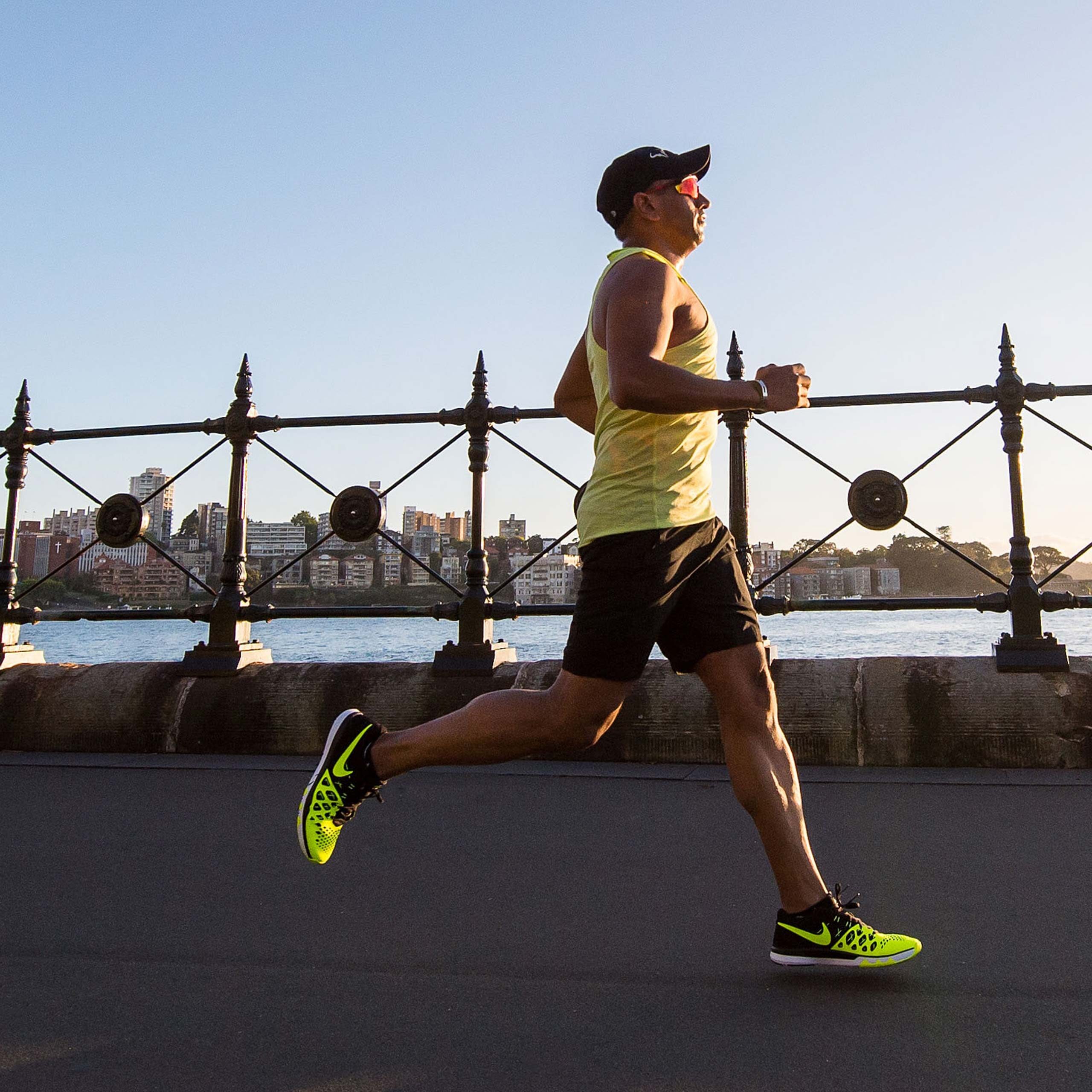To end a race on a high note, you’ll need the best running shoe you can possibly have. Here are our tips to help you find the perfect pair.
Okay—you’ve prepared for the swim, you’ve prepared for the bike. Now all that’s left is to prep you for the final leg: the run.
Running is simple enough. All you need are running shoes. But when you start browsing through all the options there are, that’s when things can get a little confusing.
So here are three tips to help you find your best running shoe.
#1: Find out how arched your foot is
One of the most important parts to pay attention to when choosing the best running shoes will be the arch of your foot. This refers to the insides of your feet, typically where it arches (no kidding).
There are three different kinds of arches: low, medium, and high.
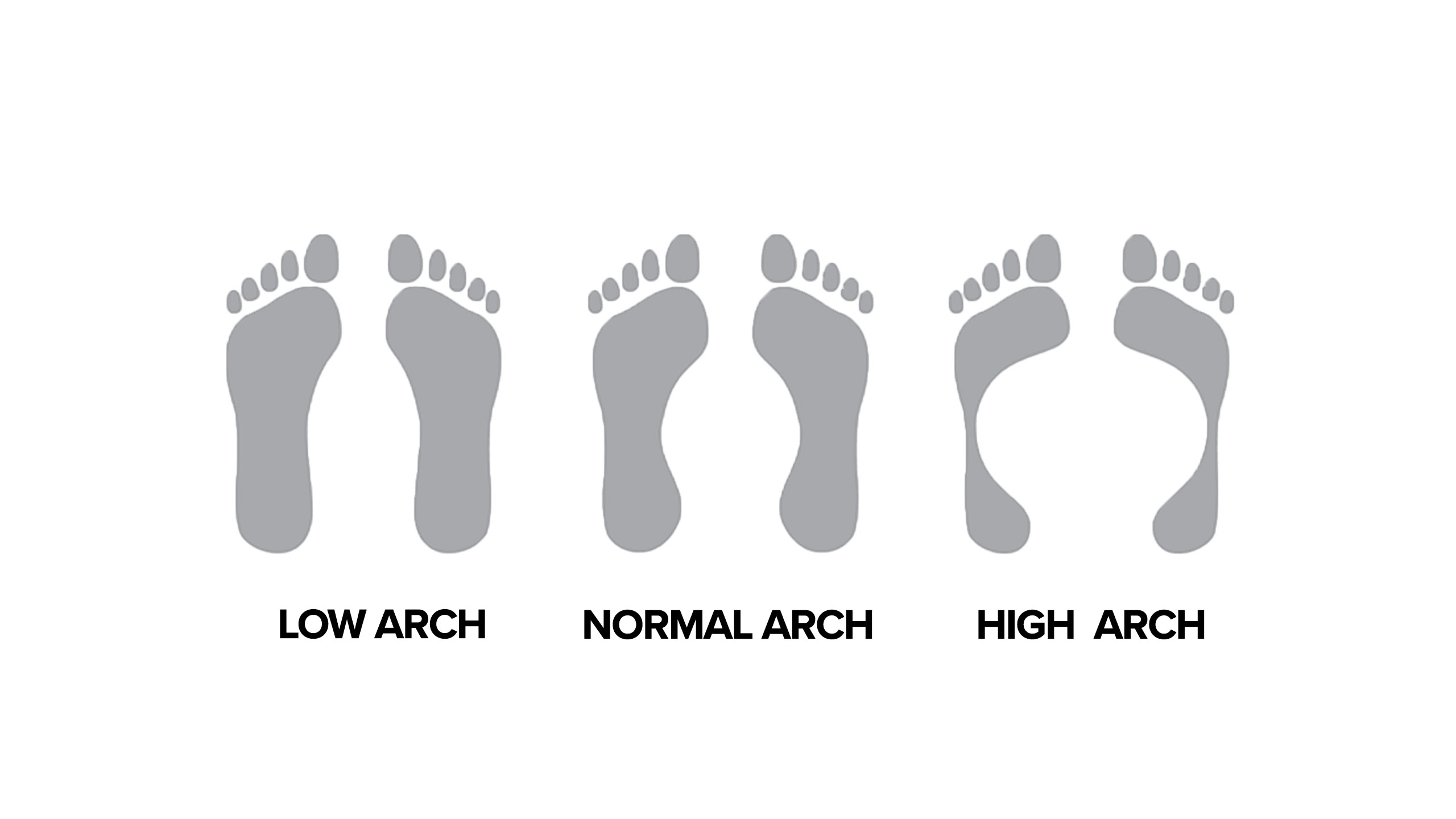
A simple way you can find out which category your feet fall under is by trying out ‘The Wet Test’. All you have to do is wet your feet and stand on something that will show your footprint. It could be dry pavement or a paper bag. After, you’ll have a close idea of which type of arch you have.
Normally, the kind of support in your shoes depend on the arch of your foot. These are some examples of the kinds of support you can look for in a running shoe depending on your arch.
- For runners with low arches, try on shoes that are specially made for stability. These usually provide support for your arch to prevent your ankles from rolling inwards when you run.
- If you have a medium arch, you can go for shoes with a neutral cushion. These only have minimal support and allow your feet to move naturally.
- For runners with high arches, look for motion control shoes. These provide additional support for your arch to prevent your ankle from rolling outwards.
#2: Know where you’re planning to run
Finding the best running shoe for you will also depend on where you’re planning to run. Nowadays, there are triathlon races on both roads and trails. Which one are you more inclined to sign up for?
If you’re planning on running mostly on the road, find a pair of road-running shoes. These shoes are designed for better shock absorption to handle the impact of running on pavement. In addition, they are also much more lightweight and breathable.
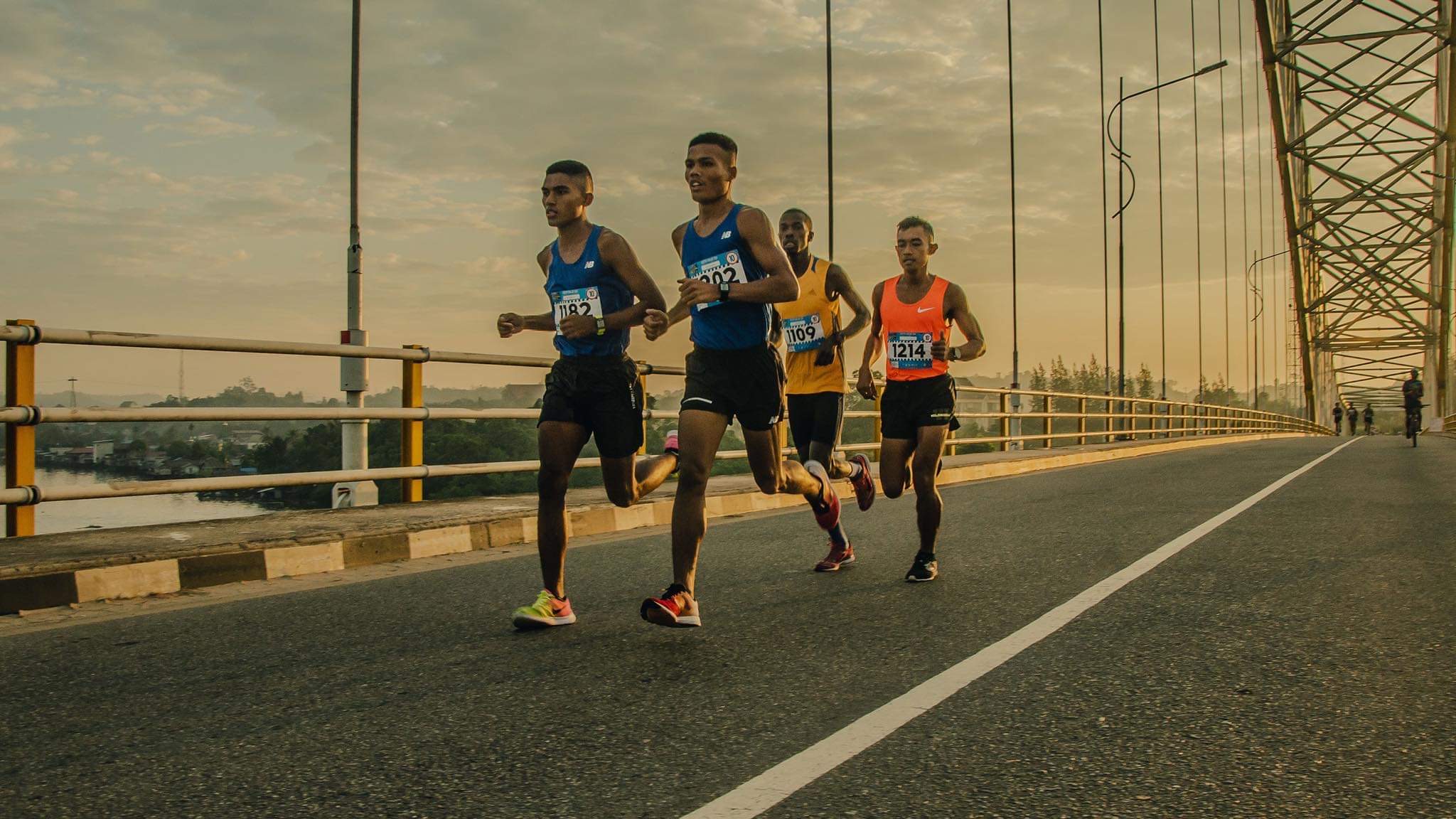
On the other hand, shoes for trail or gravel running are designed for different purposes.
For running along trails and gravel paths, look for trail-running or cross-training shoes. These shoes are usually bulkier, have better grips on the soles, and are more stiff. When you’re running on trails and gravel paths, you’ll need the extra support that these shoes offer, especially if you start racing competitively.
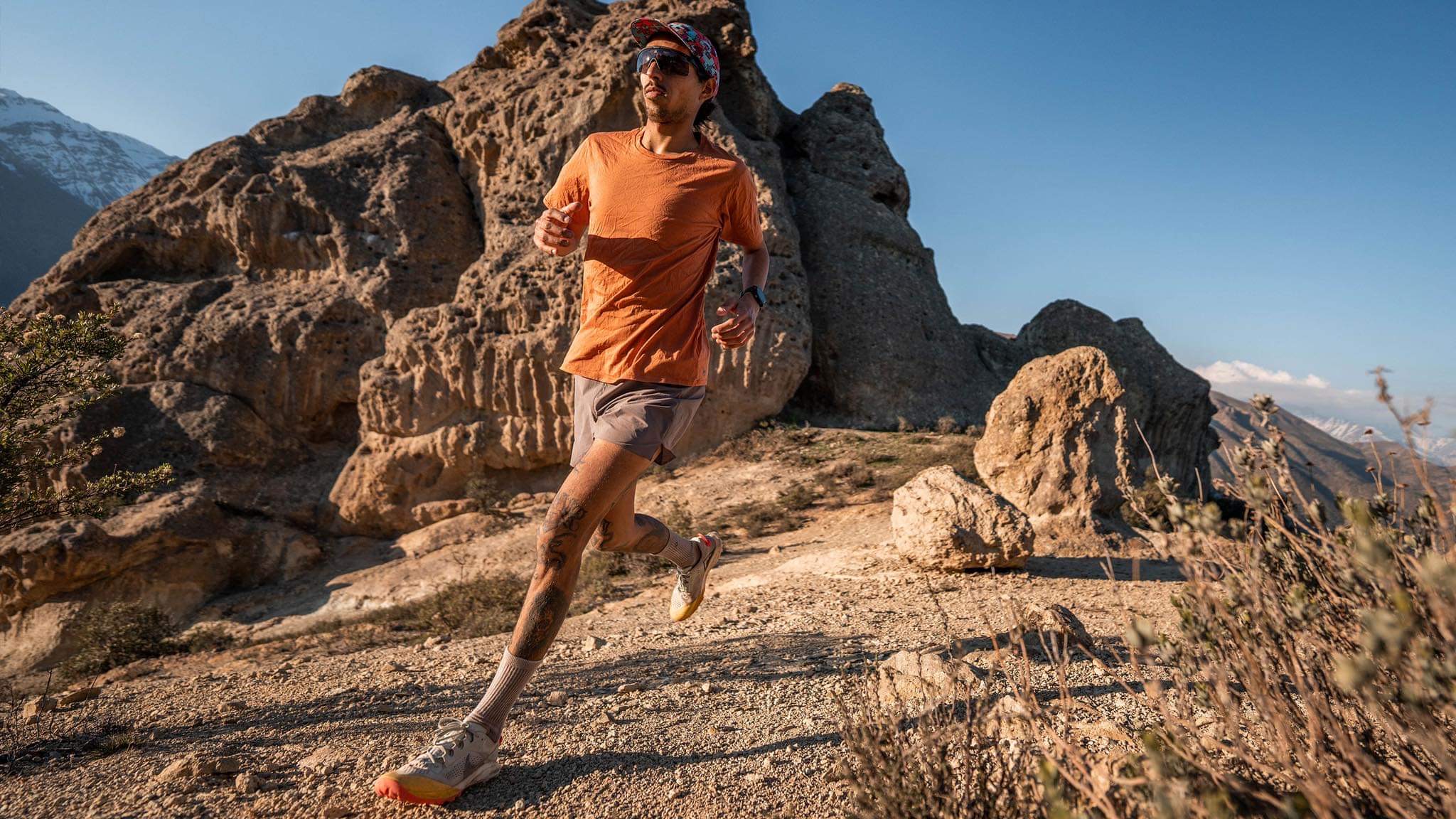
Running shoes won’t be able to give you the proper support you need for trail running. But trail shoes will hold you back for pavement running.
#3: It’s all about the fit
No matter how much you read and research about the best running shoe, the best way to test it out will still be to try it on. But, we have some sub-tips, if you will, on how to find out the most from a fitting.
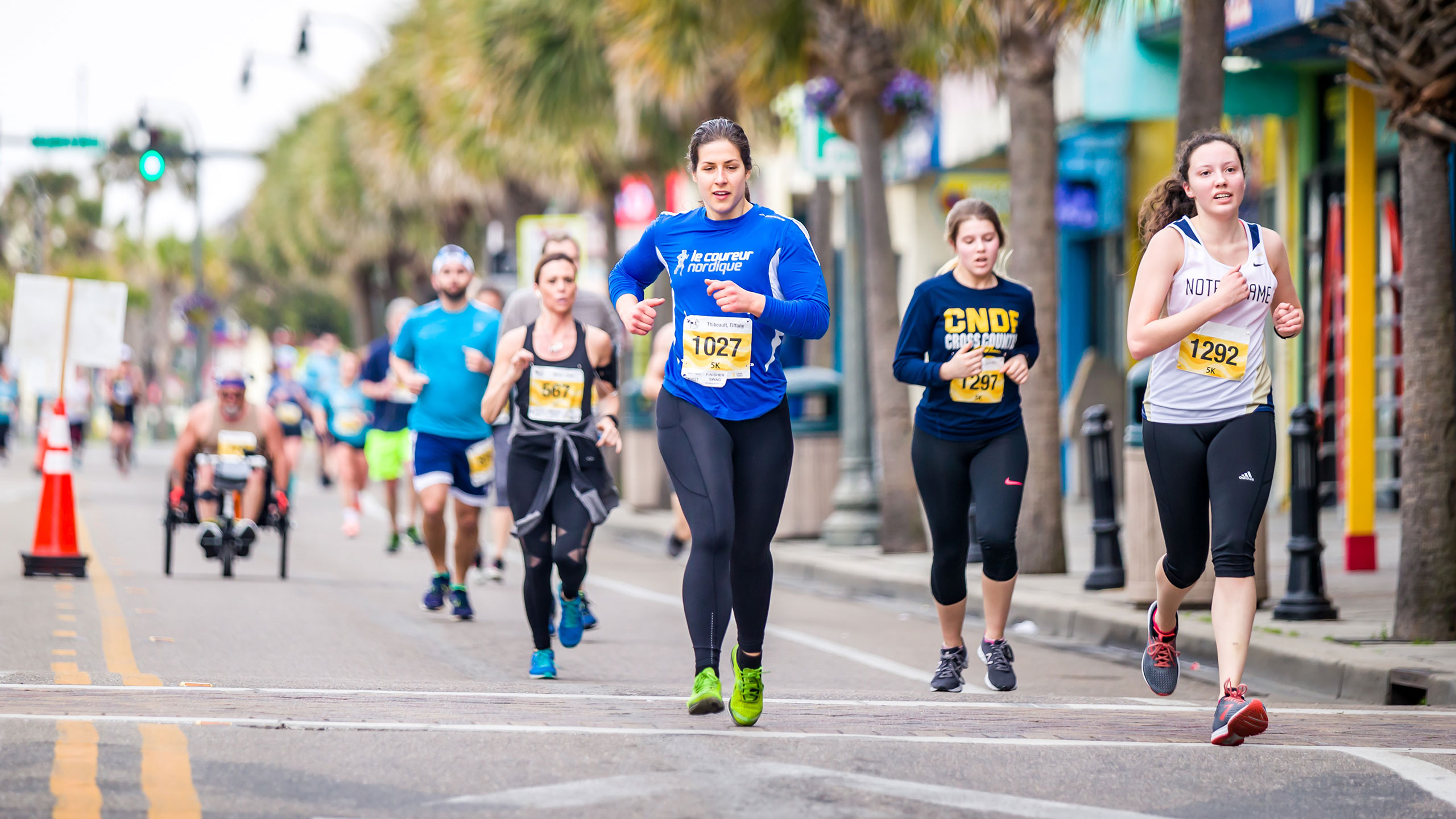
First, you should wear your running socks when you go shoe-shopping. This will save you the hassle of wondering whether it might feel differently with your go-to pair of socks.
Secondly, if you can, buy your shoes from a store that will let you test it out on a treadmill. Not all stores do this, but a few do. Getting a few steps in while wearing a new pair of shoes, or even trying a short jog, will tell you more than a mirror can about whether it’s the right fit for you.
And finally, choose the right brand. There are many shoe brands out there, but we recommend going for the ones that are known for running and not just style (if you catch our drift).
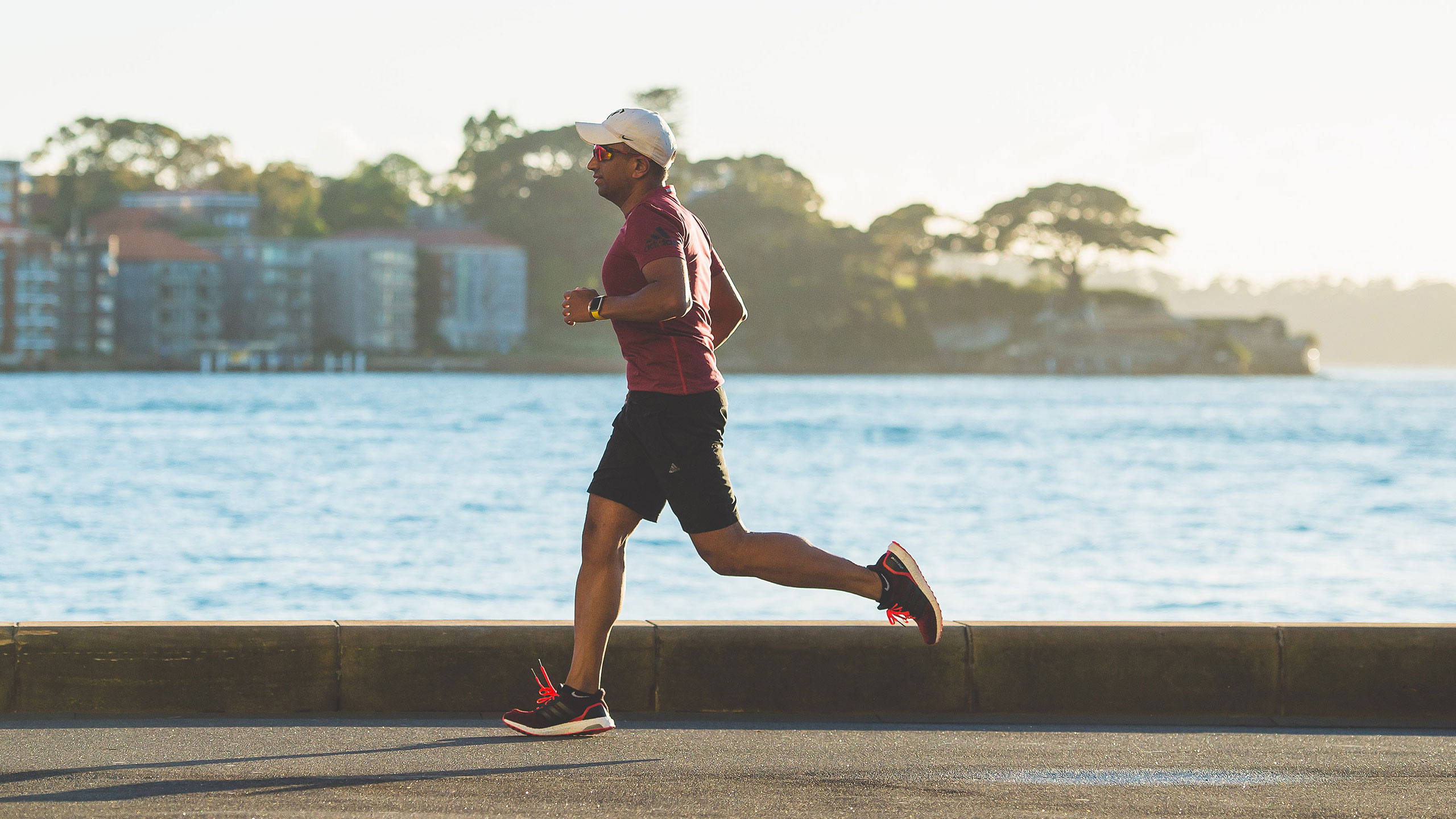
In any triathlon, you will be running long distances. And in training, perhaps even longer. So buying the right shoe to begin with matters so much, because whatever you buy should be meant to take you far—literally.
